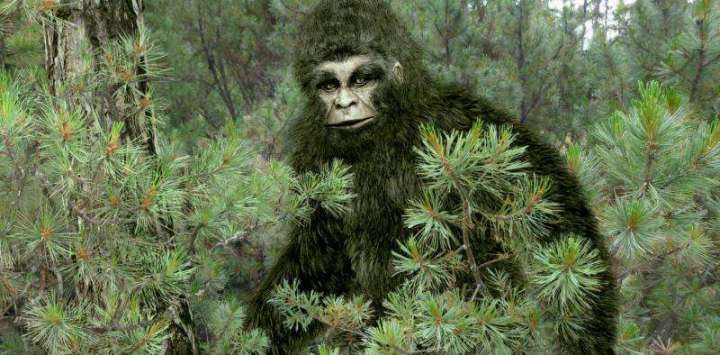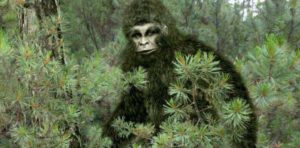
August 8, 2017

From Cliff Barackman:
A few years ago in a blog post, I commented on how the legal protection of wild land is hugely beneficial to sasquatches, and indeed advocating for such protections might be one of the only things we (the bigfoot community) can do at the moment to protect our hairy friends. I called the idea, “Conservation Before Discovery,” and it was largely the result of former President Obama making huge tracts of land into official wilderness areas, including the nearby Roaring River Wilderness. Whether you agree with the politics or not, it’s hard to argue that wild lands are good for bigfoot populations. Conservation of the land could provide sasquatches with a well-protected core area in which to rear offspring.
When the article below crossed my desk the other morning, I found the general idea of the article to be what I was writing about all those years ago. With this in mind, I thought I’d bring up the notion again in the context of the recent news piece.

How the search for mythical monsters can help conservation in the real world
July 31, 2017 by Bill Adams And Shane Mccorristine, The Conversation
After fears the Loch Ness Monster had “disappeared” last winter, a new sighting in May 2017 was celebrated by its enthusiasts. The search for monsters and mythical creatures (or “cryptids“) such as Nessie, the Yeti or Bigfoot is known as “cryptozoology”.
On the face of it, cryptozoology has little in common with mainstream conservation. First, it is widely held to be a “pseudoscience”, because it does not follow the scientific methods so central to conservation biology. Many conservation scientists would find the idea of being identified with monsters and monster-hunters embarrassing.
Moreover, in the context of the global collapse in biodiversity, conservationists focus their attentions on protecting the countless endangered species that we know about. Why waste time thinking about unknown or hypothesised creatures? Most people are rightly sceptical of sightings of anomalous primates or plesiosaurs in densely populated regions that have been surveyed for hundreds of years.
However, while there are strong ecological and evidence-based reasons to doubt the existence of charismatic cryptids such as Nessie and Bigfoot, conservationists should not automatically dismiss enthusiastic searches for “hidden” species. In fact, cryptozoology can contribute to conservation in several ways.
The article continues here:
About Craig Woolheater
Co-founder of Cryptomundo in 2005.
I have appeared in or contributed to the following TV programs, documentaries and films:
OLN's Mysterious Encounters: "Caddo Critter", Southern Fried Bigfoot, Travel Channel's Weird Travels: "Bigfoot", History Channel's MonsterQuest: "Swamp Stalker", The Wild Man of the Navidad, Destination America's Monsters and Mysteries in America: Texas Terror - Lake Worth Monster, Animal Planet's Finding Bigfoot: Return to Boggy Creek and Beast of the Bayou.
Filed under Bigfoot, Bigfoot Report, Cryptotourism, Cryptozoologists, Cryptozoology, Evidence, Expedition Reports, Extinct, Lake Monsters, Loch Ness Monster, Pop Culture, Sasquatch